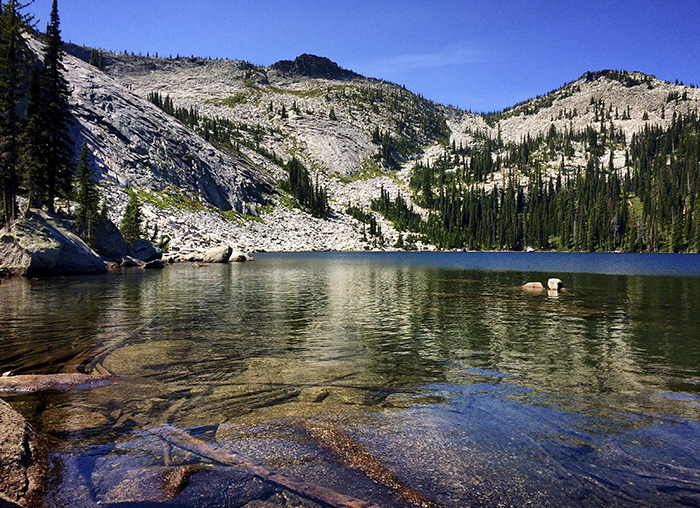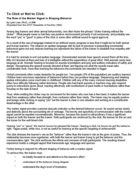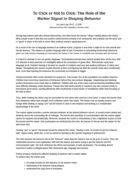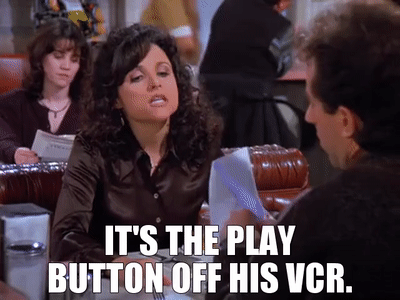After being out of college for more than five years, I have homework. Homework. Thankfully it’s fun, interesting, and awesome homework.
My one-year-old Shiba Inu, Remi, just advanced to the intermediate level of obedience school, and I couldn’t be more stoked. We adore the trainers, they have a great reputation in Spokane, and I – hands down– would recommend them to anyone with a dog. Every class feels like you’re watching a kid learn to read, or seeing a baby take its first steps. It’s THE GREATEST. Which makes the idea of homework great, too—because you get to bond with, learn from, and teach your furry BFF.
It wasn’t until I actually downloaded the homework that I got discouraged.
Great design is everywhere. So’s good design, mediocre design, and…bad design. But bad design somehow SCREAMS at you. It refuses to be ignored.
As a designer, I have the privilege to be able to correct bad design and point out how good design – even just basic principals – can elevate any piece. Take the below single page from Remi’s homework packet.
Technically, there’s nothing wrong with it. It’s all the same typeface, the body copy is consistent, and the header is larger and bolder to set it off. But click to the next image and see what happens when I take that same copy and apply hierarchy and comfortable spacing (both in the margins and in the leading).
Don’t your eyes instantly feel more comfortable? The left and right margins give a visual break while your eye tracks from one line to the next. They can rest and read at the same time without straining. Which means you actually want to read it. And if you want to read it, there’s a better chance you actually will, right?
“Good design, when it’s done well, becomes invisible. It’s only when it’s done poorly that we notice it.”
– Jared Spool
posted by: Courtney Sowards | category: the design life | make a comment




